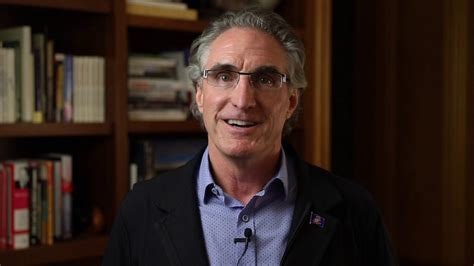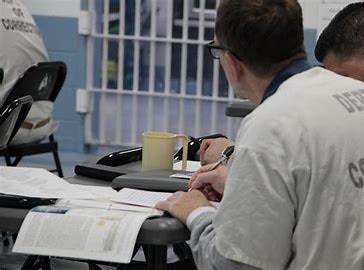Every year, millions of students embark on their college journey, only to be met with staggering student loan debt, regret over their choice of major and underemployment upon graduation. For institutions, declining enrollment from the demographic cliff is compounded by decreased confidence in the value of higher education creating fiscal crises on campuses across the country resulting in program cuts and colleges shuttering their doors.
This gap between students’ expectations and reality on campus grows because colleges are not designed to be adaptive. They were designed for a world that was much more static, looked remarkably different demographically and for which college played a very different role. But all of this has changed over the last 30 years without any material change in academic programming formats and methodologies across traditional undergraduate campuses. This is exacerbated by the governance structure of many schools that, optimized for a different time, no longer empowers faculty leaders to make the reforms necessary to achieve satisfactory outcomes.
Finally, sector headwinds related to demographics and worsening student ROI are leading to rapid revenue declines. Budget cuts for many institutions are inevitable. Academic programming costs account for almost 50% of a college’s operating budget and institutions have nowhere else to turn for these cuts. A new academic program model is needed if higher ed is going to survive and return the promise of the American Dream to millions of students wanting upward economic mobility for themselves and their families.
The academic program model of the future is flexible and student-centered, and leverages collaboration to ensure better outcomes for students and institutions. The traditional program development model is expensive, time-consuming and risky. It can cost upwards of $1 million to develop and launch new programs and two to three years to design a curriculum, push it through faculty governance and accreditation, and market it before any students enroll. On top of that, 55% of new programs fail according to research by Lightcast. It’s unsurprising then why many institutions keep the same academic programs they’ve had for the last 30+ years instead of adapting their program mix to meet changing student and labor market demands.
Being student-centered starts with offering the academic programs students want and need to succeed in the workforce and having a system in place to support students throughout their educational journey. Determining which programs to add or cut can be difficult. At Rize Education, we use a program evaluation rubric that incorporates student demand, student outcomes (what career outcomes can students expect?), demand from partner colleges and teachability. Another framework we’ve seen be successful is the Program Evaluation System, developed by Gray Decision Intelligence, which marries student demand, institutional mission, academic standards and program economics to help institutions determine the best program mix for their unique market. Once institutions have the right program mix, supporting students through those programs with a focus on outcomes is imperative to helping students realize the ROI of their degrees.
Developing the skills needed to succeed in life after graduation, and developing the skills needed to identify and pursue that life have been traditionally modeled as separate pursuits in higher education divided between academic advisors and career services. We spent the last several months meeting with students and campus leaders to more deeply understand the challenges they’re facing in bridging the divide. Based on our research, students need more ways to explore potential career paths, industry connections and a structure that requires participation. Career navigation courses can help students explore potential career paths within their chosen field of study, acquire the necessary skills to navigate the job market and gain real-world experience that will set them apart in a competitive job market. Ensuring course content is relevant to the skills students will need on the job, as well as fostering connections with individuals working in the industry are also valuable in generating positive student outcomes.
Implementing new programs, constantly iterating on courses to ensure career relevancy and developing industry partnerships can be challenging and costly for institutions, especially for small colleges who are already overwhelmed with competing priorities. It’s a tall order for any institution alone, which is why collaboration is the way of the future. By teaming up, institutions can not only reduce their costs but also more quickly adapt to changing market conditions by realizing efficiencies of scale. Program sharing enables institutions to share a number of courses in one specific field, paired with services like enrollment marketing and student success monitoring. Program sharing also makes it easier to more scalably develop partnerships with industry leaders like Google and ensure course content is relevant to the skills students need to succeed in their careers. As the technology force behind The Lower Cost Models for Independent Colleges Consortium, Rize has helped 85+ colleges and universities add career-ready undergraduate programs and we’ve seen firsthand how collaboration has helped improve student outcomes and lower institutional costs.
The traditional higher education model is outdated and no longer serves the needs of today’s students. The future of higher education lies in innovation and adaptability. By collaborating with other institutions and incorporating career-focused skills into their curriculum, such as through career navigation courses, institutions can better prepare their students for the demands of the modern workforce. Restoring pathways to fulfilling employment for every student is imperative to the long-term success of higher education and making the American Dream accessible again.
#campus #career #Redefining #higher #education #todays #student










